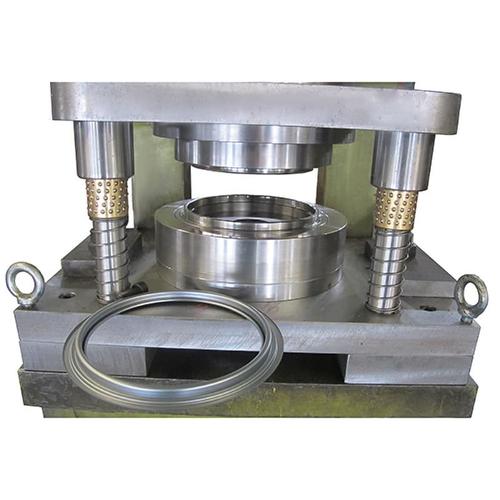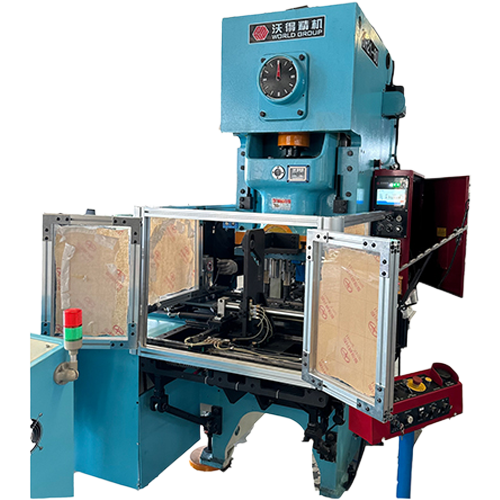Tin can molds are key to mass production
Common mold types include cutting molds, forming molds, and composite molds. For example, combination dies are capable of blanking and punching operations in a single action and are suitable for large-scale production work. It can also form multiple parts simultaneously, thereby improving production efficiency. Another type of mold that can be used for a variety of machining operations is a transfer mold. It works like a single press and is capable of performing different tasks such as punching and bending.
There are many types of dies and punches, depending on the manufacturing process and the materials used. Typically, they are made from quenched steel to meet the precise shape requirements of their intended parts. Some molds may also carry special logos such as company name, product logo, date or brand. These logos help distinguish between different batches of metal parts and can be added to the mold design during the casting process.
Some other parts can also be added to the mold, such as overflow ports and cooling channels. These are smaller spaces capable of providing an additional source of supply for the molten metal and are provided with vent holes. These are important to ensure that molten metal does not flow into other areas of the mold and cause defects or voids in the final casting. These components can be incorporated early in the design of the mold. Finally, they can improve production efficiency and the quality of the final product.
Most molds are manufactured from tool steel, which is treated with a special alloy that provides high strength, toughness, and wear resistance. This metal is widely used in various industrial fields, including cutting, forming and forging. In addition, the mold can also be manufactured from a variety of other metals, such as chromium, molybdenum, nickel, and tungsten.
These metals have different strengths, hardnesses and properties. They are also able to withstand high pressures and temperatures. The mold is made by injecting molten metal into a mold containing the desired casting size and shape. During the production process, a mold is inserted into the machine and molten metal flows through the mold.
Once the molten metal is inserted into the mold, the mold is closed and held in place by clamping it in the machine. The exact time required depends on the type of machine used and may be seconds or minutes. The molten metal then rapidly cools and solidifies into the final product, the casting. The mold may also be provided with additional spaces called overflow slots and vent holes, which are designed to allow the molten metal to be discharged from the mold during the cooling process.

Recommended Products


 EN
EN
 中文简体
中文简体 English
English













